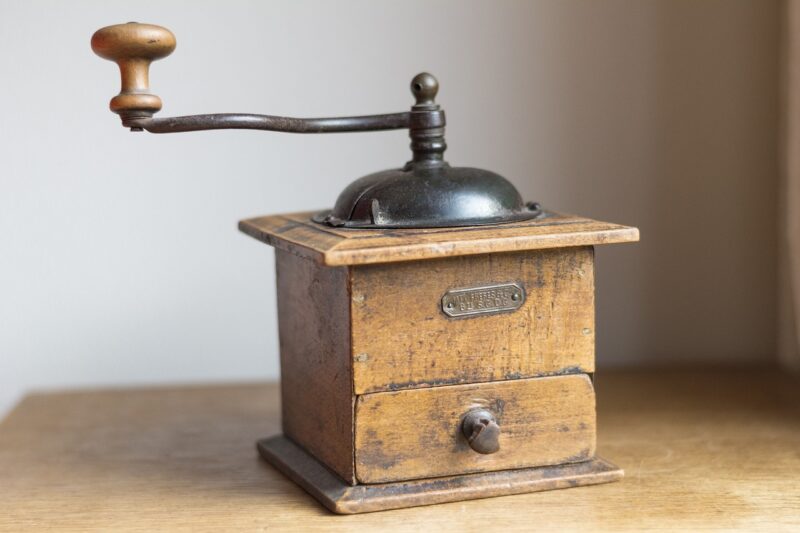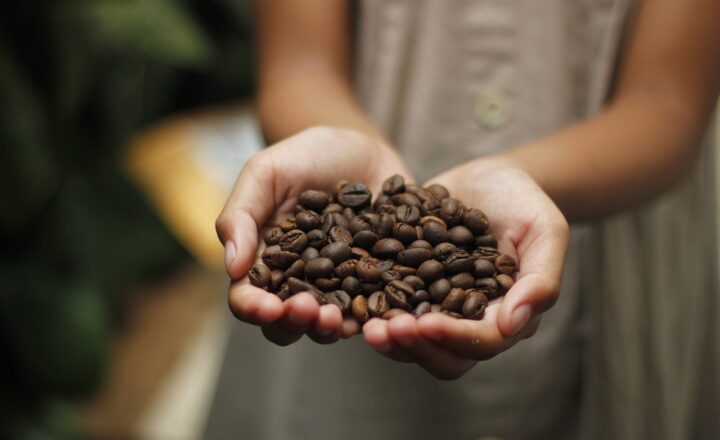How to Choose the Best Coffee Grind for French Press, Espresso, and More
November 12, 2024

Choosing the right coffee grind is crucial for brewing the perfect cup of coffee. Depending on the brewing method you’re using, the grind size can significantly affect the taste, aroma, and overall quality of your brew. In this article, we’ll explore the different grind sizes needed for various brewing methods, including French press, espresso, pour-over, and more. By the end, you’ll have a clear understanding of how to choose the best coffee grind for your preferred brewing style.
1. Understanding Coffee Grind Sizes
When it comes to coffee, the grind size refers to the coarseness or fineness of the coffee beans after they’ve been ground. There are several grind sizes, each suited for different brewing methods:
- Coarse Grind: Similar in texture to sea salt. Ideal for methods like the French press or cold brew.
- Medium Grind: Like granulated sugar. Works well for drip coffee makers and pour-over methods.
- Fine Grind: Similar to table salt. Used for espresso machines and Aeropress.
- Extra Fine Grind: Finer than powdered sugar. Best for Turkish coffee.
Understanding these sizes will help you select the right grind for your coffee maker.
2. The Importance of Grind Size in Brewing
The grind size influences how quickly water extracts flavors from the coffee grounds. Here’s how it affects different methods:
- Flavor Extraction: Finer grinds have more surface area, allowing for faster extraction. This can enhance flavor in methods like espresso but lead to over-extraction if brewed too long.
- Brew Time: Coarse grinds are used in methods requiring longer brew times, such as the French press, to prevent over-extraction and bitterness.
- Consistency: A consistent grind size ensures uniform extraction and a balanced flavor in each cup of coffee.
Understanding these factors can help you perfect your brewing technique.
3. Choosing the Best Grind for Different Brewing Methods
Let’s dive into the specific grind sizes for various popular coffee brewing methods:
French Press
The French press requires a coarse grind. This allows for a slower extraction over a 4-5 minute brewing time and prevents the coffee from becoming too bitter. The larger grounds also make it easy to separate from the brew with the press filter.
Tips for French Press:
– Use a ratio of 1:15 (coffee to water).
– Let the coffee steep before pressing down the plunger to enhance flavor.
Espresso
Espresso demands a fine grind to facilitate quick extraction under pressure. The grounds should feel like flour and compact together well in the portafilter.
Tips for Espresso:
– Use a ratio of 1:2 (coffee to water).
– Tamping the coffee grounds evenly is crucial for optimal extraction.
Drip Coffee Maker
Drip coffee makers work best with a medium grind, which balances extraction time and strength. The coffee should be similar to granulated sugar in texture.
Tips for Drip Coffee Makers:
– Use a ratio of 1:17 (coffee to water).
– Experiment with steeping times for optimal flavor.
Pour-Over Coffee
For pour-over methods, medium-fine grinds are ideal. This allows the water to flow evenly through the grounds and extract flavor effectively.
Tips for Pour-Over:
– Use a ratio of 1:16 (coffee to water).
– Pour in a circular motion to saturate the grounds evenly.
Cold Brew
Cold brew requires a coarse grind similar to French press. This prevents over-extraction, as the brewing time is extended to several hours.
Tips for Cold Brew:
– Use a ratio of 1:4 (coffee to water for concentrate).
– Steep in the refrigerator for a smoother taste.
Turkish Coffee
Turkish coffee needs an extra fine grind. This results in a thick brew rich in flavor, as the fine grounds are not filtered out.
Tips for Turkish Coffee:
– Use a ratio of 1:10 (coffee to water).
– Brew slowly for the best flavor extraction.
4. Common Mistakes When Grinding Coffee
To avoid compromising your brew, be aware of these common mistakes:
- Using Inconsistent Grind Sizes: Avoid mixing grind sizes, as this leads to uneven extraction.
- Wrong Grind for Brewing Method: Always match your grind to your brewing method for optimal flavor.
- Not Grinding Fresh: Coffee is best used when ground shortly before brewing to maximize flavor freshness.
By identifying these pitfalls, you can ensure a consistently great cup.
5. Conclusion
Selecting the right coffee grind is key to achieving the ideal brew for any method you choose. By understanding the specific requirements for French press, espresso, and other brewing styles, you’ll enhance both the flavor and richness of your coffee. Remember to experiment with different grind sizes and ratios to find what works best for your taste preferences.
Now that you’re equipped with the knowledge to choose the best grind, why not put it to the test? Start brewing and enjoy the delicious results of your newfound expertise in coffee grinding!






